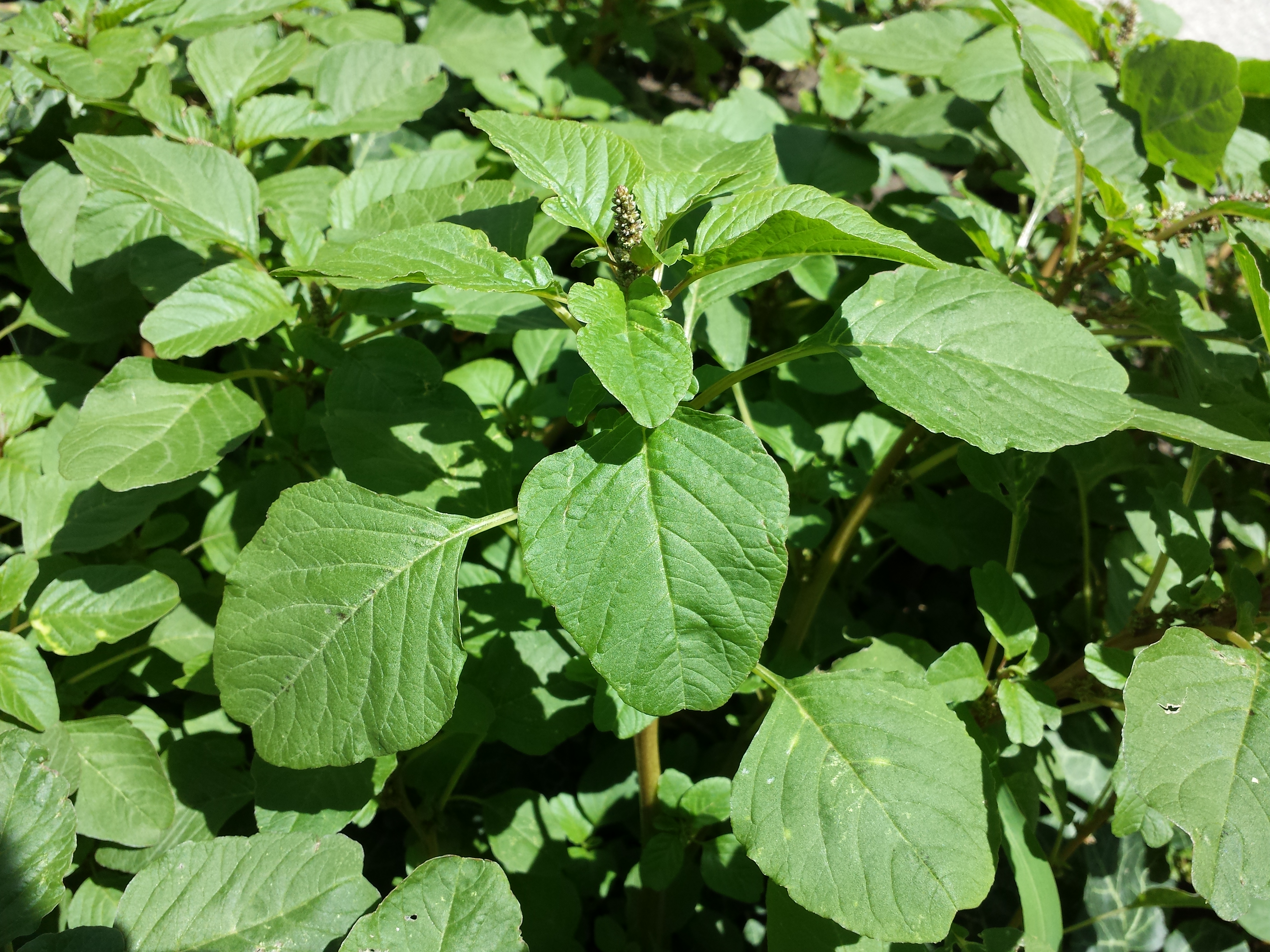Description
Slender Amaranth is an erect or spreading herb that grows up to 80 cm tall. The stems are angular and curve in a zigzag manner, often branching from the base upwards. The leaves are wedge-shaped at the base with a sharp point at the tip. The side veins can be clearly seen under the leaf. The leaves are without hairs but are sometimes tinged with purple. The flower spikes can be 1–10 cm long and have side clusters. The fruit is smooth and pale.
Planting requirements
Planting season: Can be grown year-round in Sri Lanka
Planting conditions:
| Propagation | Plants can be grown from seed |
|---|---|
| Planting method | This can be grown in wide rows. Sow seeds 1/4 inch deep leaving 6 inches of space between plants (15cm) apart. Cover seeds with a half inch of sifted compost to keep the soil from crusting |
| Soil | It will grow well in average soil and will even grow adequately in poor soils. Only dense clay mixtures are likely to be completely unsuitable for amaranth while very rich soils might hinder flowering and seed production |
| Water | Requires well-drained soil. While slender amaranth is drought-tolerant, consistent moisture is essential during the early growth stages. Irrigation may be necessary during dry spells |
| Light | Requires full sun for 6 or more hours |
Growing conditions:
| Temperatures | Thrives in Sri Lanka's tropical climate with temperatures between 25°C to 35°C. Can tolerate higher temperatures with proper irrigation |
|---|---|
| Soil | Cover seeds with a half inch of sifted compost to keep the soil from crusting and to support germination. If possible, add mulch to conserve soil moisture |
| Water | The plant has an average need for water, requiring no more than one inch per week. However, do not overwater the plant |
| Pruning | Pinch back growing tips to encourage bushier growth |
| Weed Control | Remove weeds around the plant to eliminate competition for moisture and nutrients |
Harvesting
Pick leaves as needed.
Curing
Thampala does not require a curing stage
Storage
Store in a damp cloth or plastic bag in the refrigerator for up to several days.
Protecting your plants
Pest control
Pest type:
- Caterpillars
- Grasshoppers
Symptoms: Leaves with small holes and distorted growth.
Control method: Insecticidal soaps and floating row covers are placed over the plant to protect it from pests.
Disease Control:
Disease type:
- Stem Rot
Symptoms:
- Stem shows dark discoloration of the stem that extends up from the root
Management:
- Provide good air circulation
- Increase water drainage in the field when possible
- Using disease-resistant varieties when available
Sources
In addition to our General List of Sources (link), we used these specific references:
- https://www.cabidigitallibrary.org/doi/full/10.1079/cabicompendium.4653
- https://www.researchgate.net/publication/284280436_Nutritive_quality_of_Thampala_Amaranthus_spp_as_a_forage_crop_in_Sri_Lanka
- https://link.springer.com/article/10.1007/s44279-024-00057-8
- https://www.ecofriendlyhomestead.com/sustainable-garden/learn/how-to-grow-amaranth-a-key-plant-for-climate-change-food-security
- https://www.sciencedirect.com/topics/agricultural-and-biological-sciences/amaranthus-viridis
